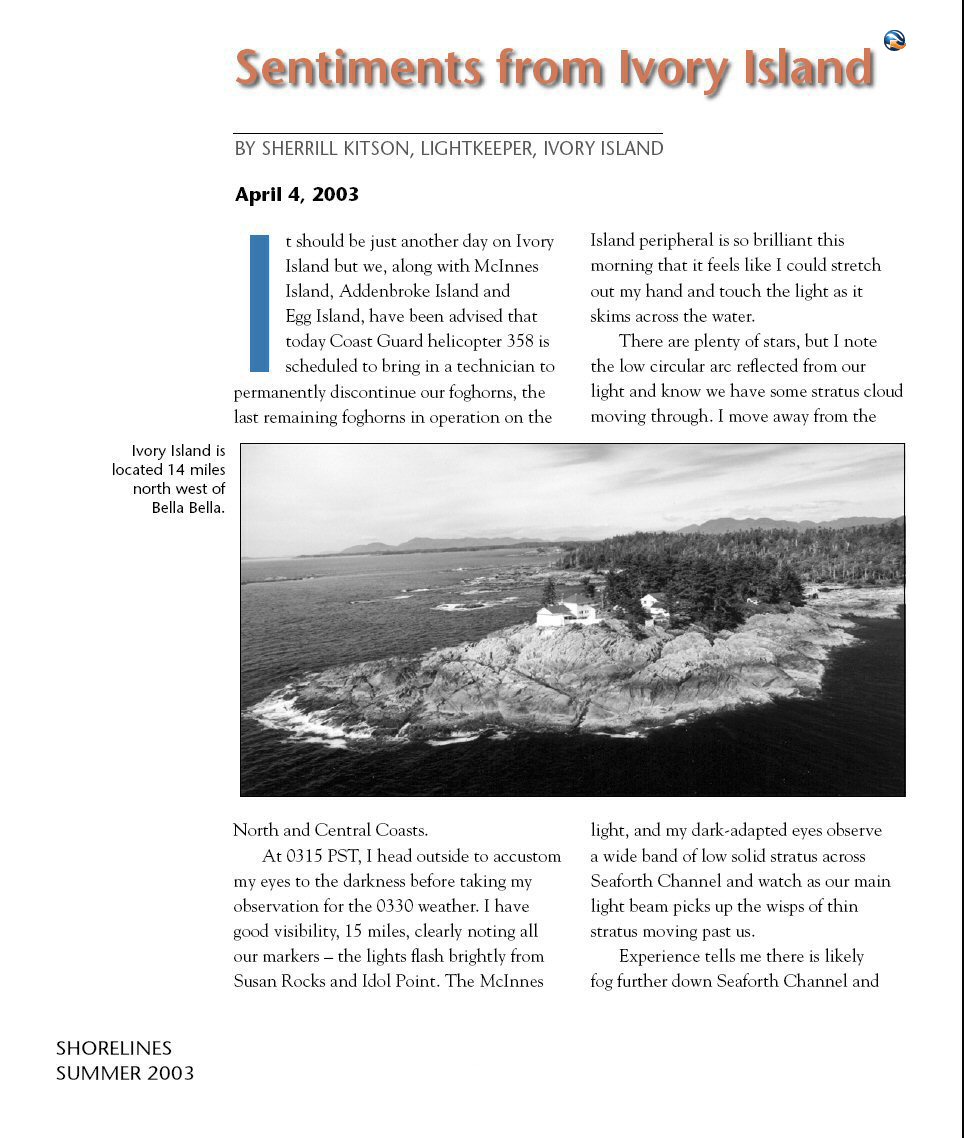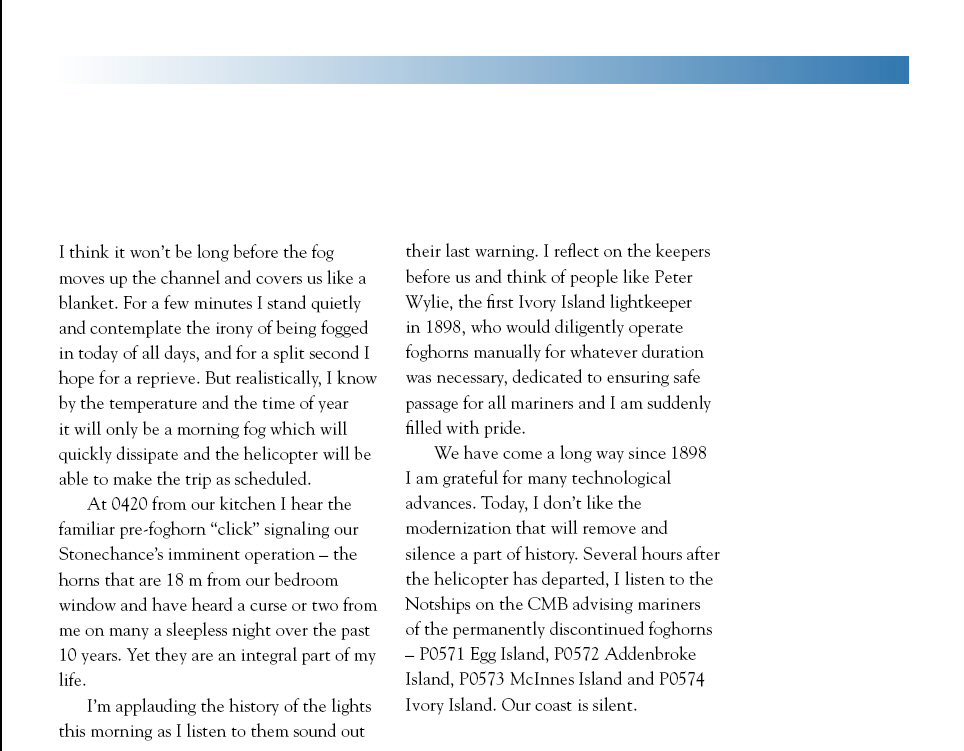 This is a promotion for my friend Frank Statham’s website Rough Radio – Wireless on the British Columbia Coast.
This is a promotion for my friend Frank Statham’s website Rough Radio – Wireless on the British Columbia Coast.
As I started off collecting lighthouse keeper names for genealogy records, Frank started with a collection of photographs, and with his past work as a radio operator, his interest was sparked into creating a website to help people remember the early days of radio on the BC coast. He also has been keeping a list of station personnel which you will find here.
The quotes below from Frank’s website show that lighthouses came first, but with the advent of radio, the two worked closely together, in fact sometimes so close together that they were on the same station – e.g. Estevan Point or Pachena Point.
“At the end of the 19th Century, the west coast of Canada was dangerous place for the movement of vessels. There was little European settlement along the coast north of Victoria. The only navigational aids for vessel traffic consisted of a scattering of lighthouses.”
“The 1907 Canadian Dominion Government, in an effort to provide some measure of safety for mariners, implemented a plan to provide a life saving trail along the Juan de Fuca Strait Vancouver Island, lifeboat stations, and wireless radio stations. The first five wireless stations, Vancouver, Victoria, Pachena Point and Estevan Point were all operational by January 1908.” Continue reading →
Some photo samples from Frank’s website below:
[nggallery id=17]









